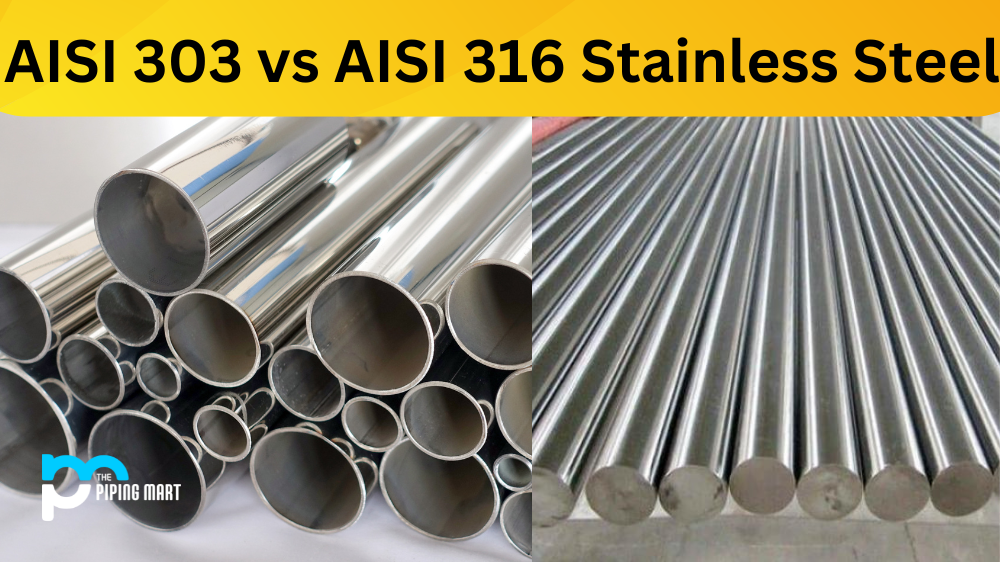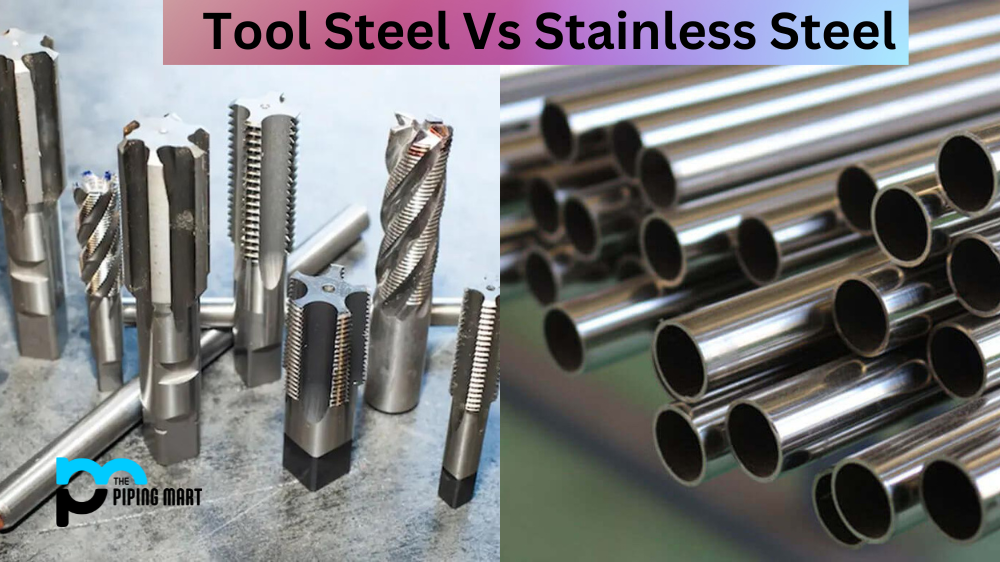Stainless steel is one of the most popular materials in engineering and manufacturing. But with so many types available, it can take a lot of work to know which stainless steel grade is suitable for your project. Two standard grades are AISI 303 and AISI 316, which have a variety of properties that make them ideal for different applications. Let’s take a closer look at the differences between each type of stainless steel.
AISI 303
AISI 303 is a free-machining austenitic stainless steel used primarily for parts requiring improved machinability. The addition of sulfur to the composition of AISI 303 increases its machinability but also lowers its corrosion resistance and weldability.
AISI 316
AISI 316 is an austenitic stainless steel that is more resistant to corrosion than AISI 303. The addition of molybdenum to the composition of AISI 316 increases its corrosion resistance but also lowers its weldability
Difference Between AISI 303 and AISI 316 Stainless Steel
Chemical Composition
The significant difference between AISI 303 and AISI 316 is their chemical composition. AISI 303 contains 18-20% chromium, 8-10% nickel, 0.15%-0.60% manganese, 2% silicon and less than 1% molybdenum. On the other hand, AISI 316 contains 16-18% chromium, 10-14% nickel, 2-3% molybdenum and 0.75%-2% silicon. The additional molybdenum content in the latter makes it more corrosion-resistant than the former grade of stainless steel.
Corrosion Resistance
Both grades of stainless steel offers excellent corrosion resistance due to their high chromium content; however, the additional molybdenum content in AISI 316 improves its corrosion resistance even further. This makes it an ideal choice for applications where exposure to salt water or other corrosive elements is likely such as marine or food processing equipment. AISI 303 is not as well suited for these environments since it lacks the extra protection provided by molybdenum against chloride ions found in salt water or other corrosive elements.
Heat Resistance
AISI 316 has higher heat resistance than AISI 303 due to its higher nickel content; this means that it can withstand higher temperatures before becoming damaged or deformed when exposed to extreme heat or fire conditions such as welding operations or high-temperature applications such as boilers or furnaces. However, both grades are still susceptible to oxidation at elevated temperatures, so they should only be exposed to extreme heat for prolonged periods with adequate protection from an anti-oxidant coating or another form of protective covering, such as insulation.
Corrosion Resistance
The increased corrosion resistance of AISI 316 is due to the addition of molybdenum to its composition. Molybdenum is a transition metal that forms a protective oxide film on the surface of metals, which helps to prevent corrosion.
Weldability
The decreased weldability of AISI 316 is due to the presence of molybdenum in its composition. When welding two pieces of AISI 316 together, the molybdenum can cause pitting and cracking at the weld joint.
Machinability
The increased machinability of AISI 303 is due to the addition of sulfur to its composition. Sulfur improves the cutting action of tool bits and allows for shorter machining times. However, sulfur can also cause problems with welding and corrosion resistance.
Applications
AISI 303 is typically used in applications where improved machinability is required, such as fasteners, gears, and shafts. AISI 316 is generally used in applications where improved corrosion resistance is required, such as chemical processing equipment, food processing equipment, and marine environments
Conclusion:
In conclusion, several differences between AISI 303 and AISI 316 stainless sheets of steel make them suited for different applications depending on their intended use and environmental exposure conditions, such as corrosive elements present in salt water or intense heat generated during welding operations or high-temperature furnace operations. While both grades have excellent corrosion resistance due to their high chromium content, the additional molybdenum content in AISI 316 provides improved protection against chloride ions found in salt water. At the same time, its higher nickel content also gives it superior heat resistance compared to its counterpart. As a result, engineers, machinists, and metalworkers must carefully consider the intended application when selecting either grade for their next project. By doing so, they can ensure that they choose the best quality for their needs.

Abhishek is a seasoned blogger and industry expert, sharing his insights and knowledge on various topics. With his research, Abhishek offers valuable insights and tips for professionals and enthusiasts. Follow him for expert advice on the latest trends and developments in the metal industry.




